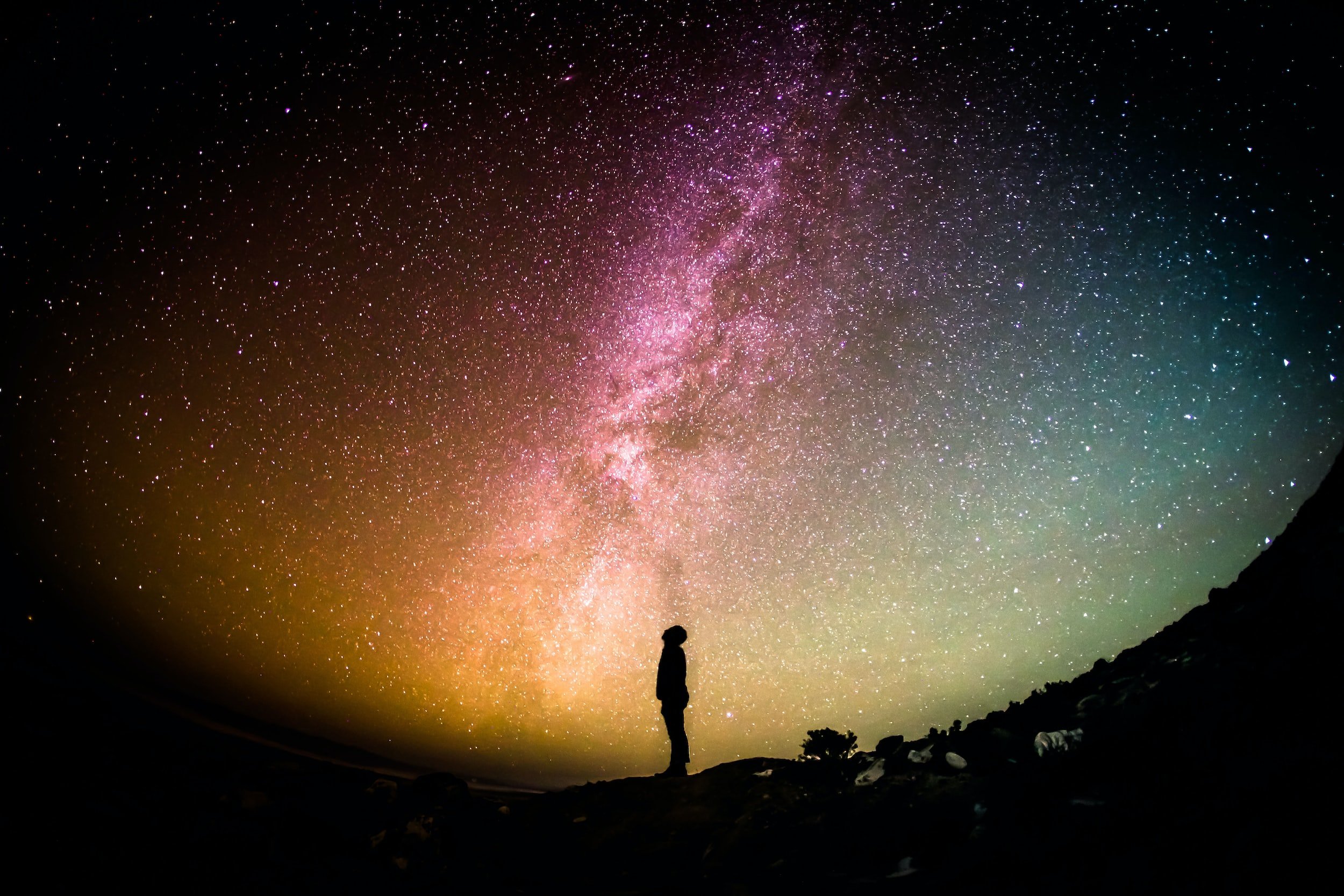The Green Team at our Sisters of St. Joseph Residence in London was formed several years ago with the aim “to educate, empower and promote environmentally sustainable practices within the community and at home”. Composed of three sisters and several staff members, the initiative focuses on the education of integral ecology. The hope is to have everyone involved and participating within and beyond our residence.
Along with many initiatives, the Green Team sends educational items to the staff newsletter and in poster form throughout our home as well. At Sisters’ house meetings there is information given re: ongoing ecological initiatives.
Our staff communication APP also carries eco information in the form of short educational videos etc. This is also communicated by closed circuit tv. From time-to-time, in the staff room, incentive posters remind us, “Earth needs all of us”.
Special April Earth Day activities get people up and doing. Armed with compostable yard bags, compostable garbage bags, gloves and long trash pickers to pick up the refuse, off we go to collect garbage from the grounds and our section of Windermere Road, here in London, Ontario. Every year, the debris lessens. (In fact, I’ve almost given up my beer-can collecting business). Usually, a few drivers honk to encourage us in our green efforts. Indoors, coffee and Timbits are enjoyed while staff are invited to watch special Earth Day presentations and celebrate our various initiatives.
Sisters in Peterborough making “milk bag mats” to send overseas.
Another successful initiative with which many are familiar is collecting specific types of plastic bags which volunteers transform into durable mats for people in other countries.
Integral ecology involves composting which we see in action in our dining room and kitchen. Following meals, food scraps are put in specific compost containers. To ensure that every item gets to its proper place, a framed notice announces, “Compost is hungry for Kleenex and napkins too”. Posted on the wall nearby are colorful educational compost posters: “Things that CAN be Composted” and “Things that CAN be Recycled”.
At the service entrance in the garbage room stand huge blue, green and black containers for specific kinds of waste waiting to be picked up by Waste Connections of Canada. The oil products in the black container will be turned into biofuel and the contents of the other compost bins will be processed to nurture soil in fields, gardens etc.
On a creative note, what is prettier than hand-picked wildflowers arranged attractively, in front of our chapel altar? Incidentally another way to replace costly store-bought bouquets. This too, is integral ecology!
-Sister Jean Moylan, CSJ
Header image: Jan Kopřiva/Unsplash














